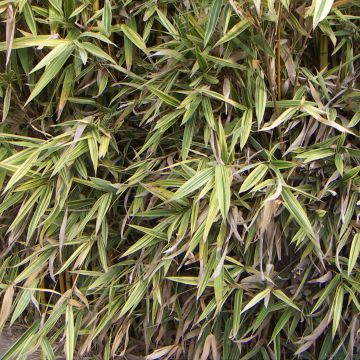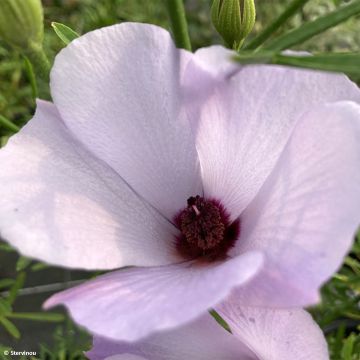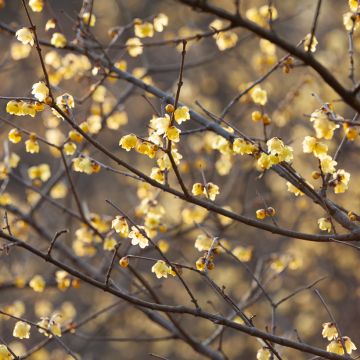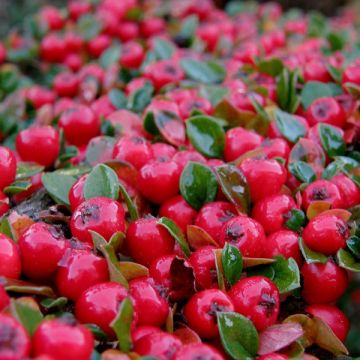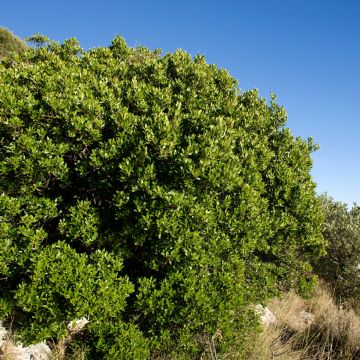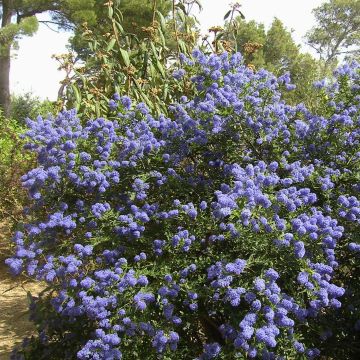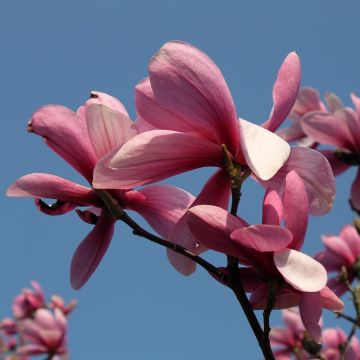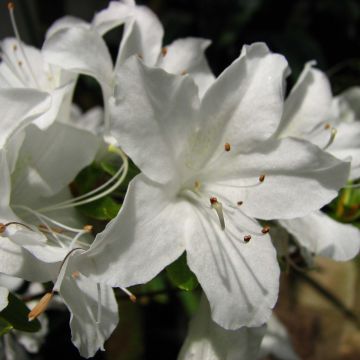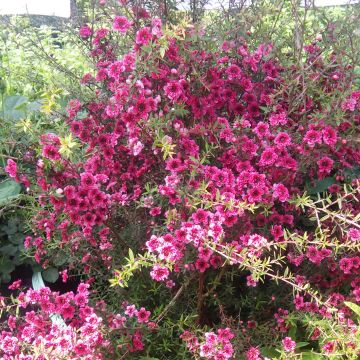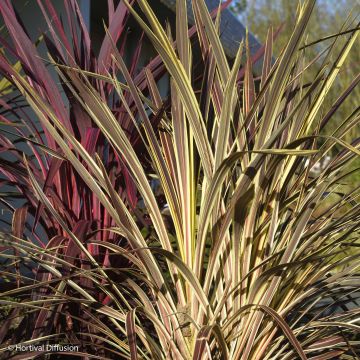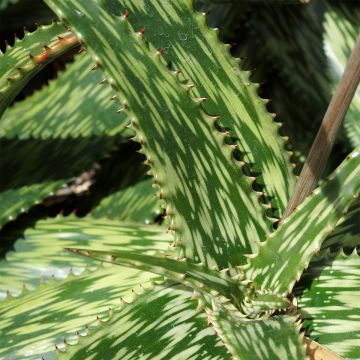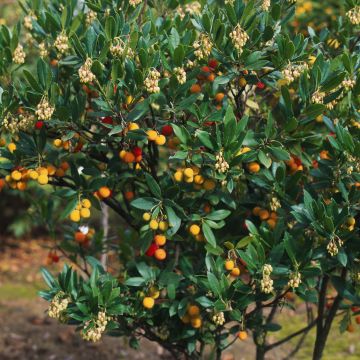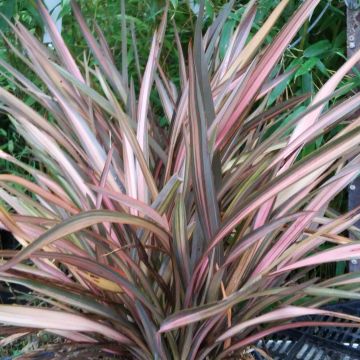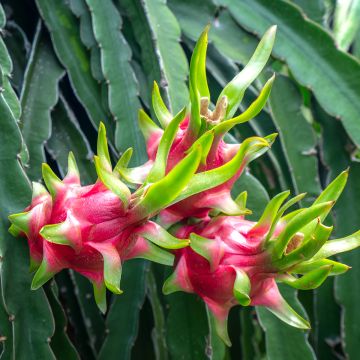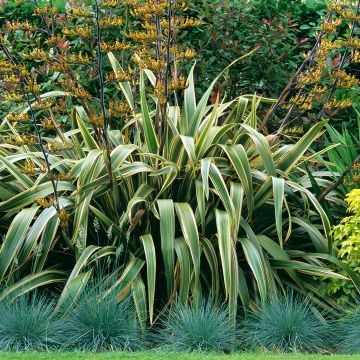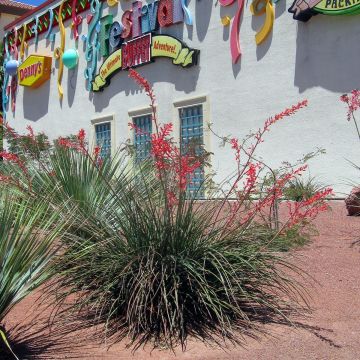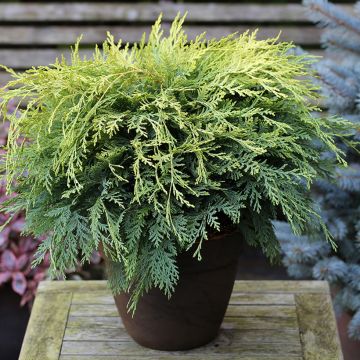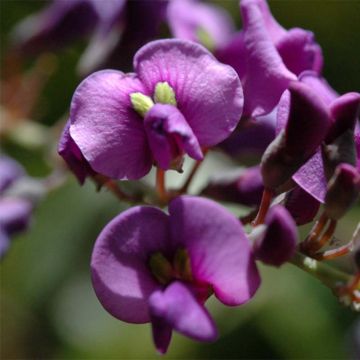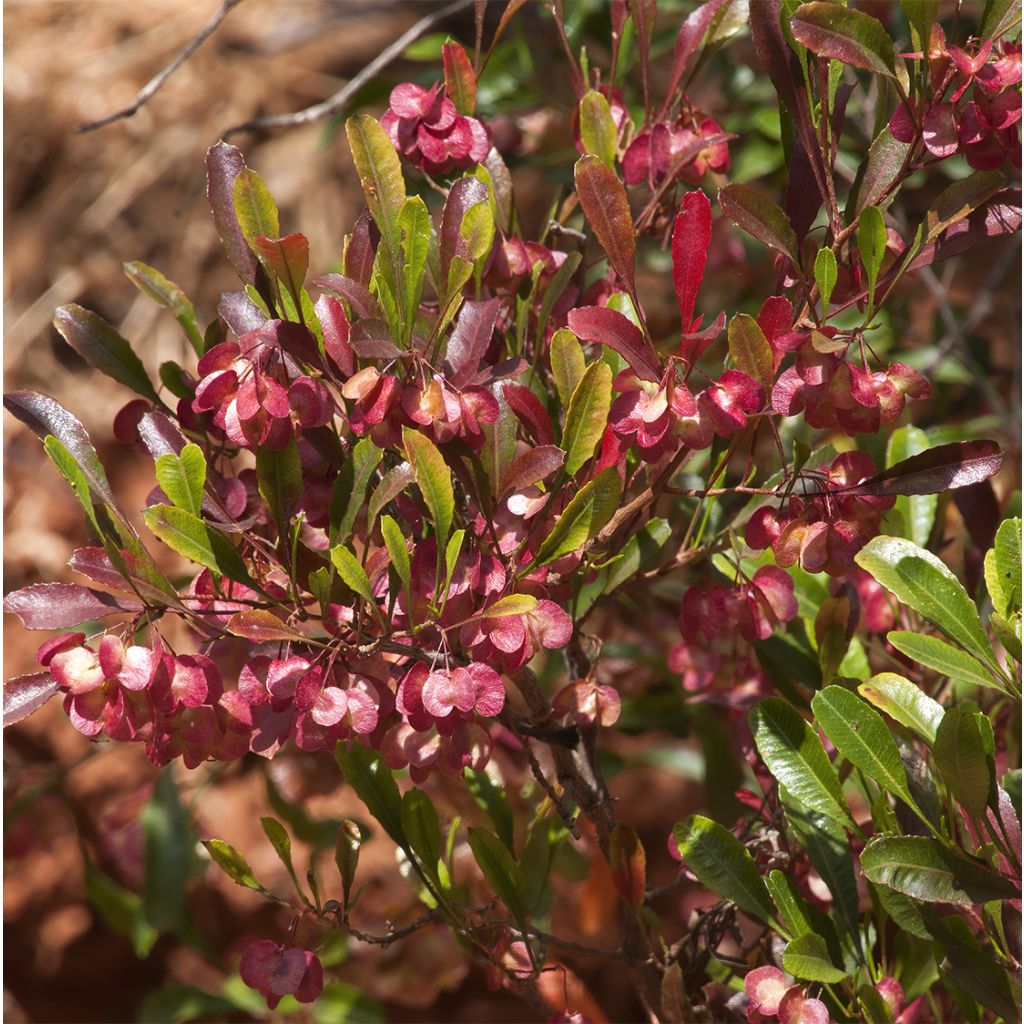

Dodonea viscosa Purpurea - Dodonée visqueuse
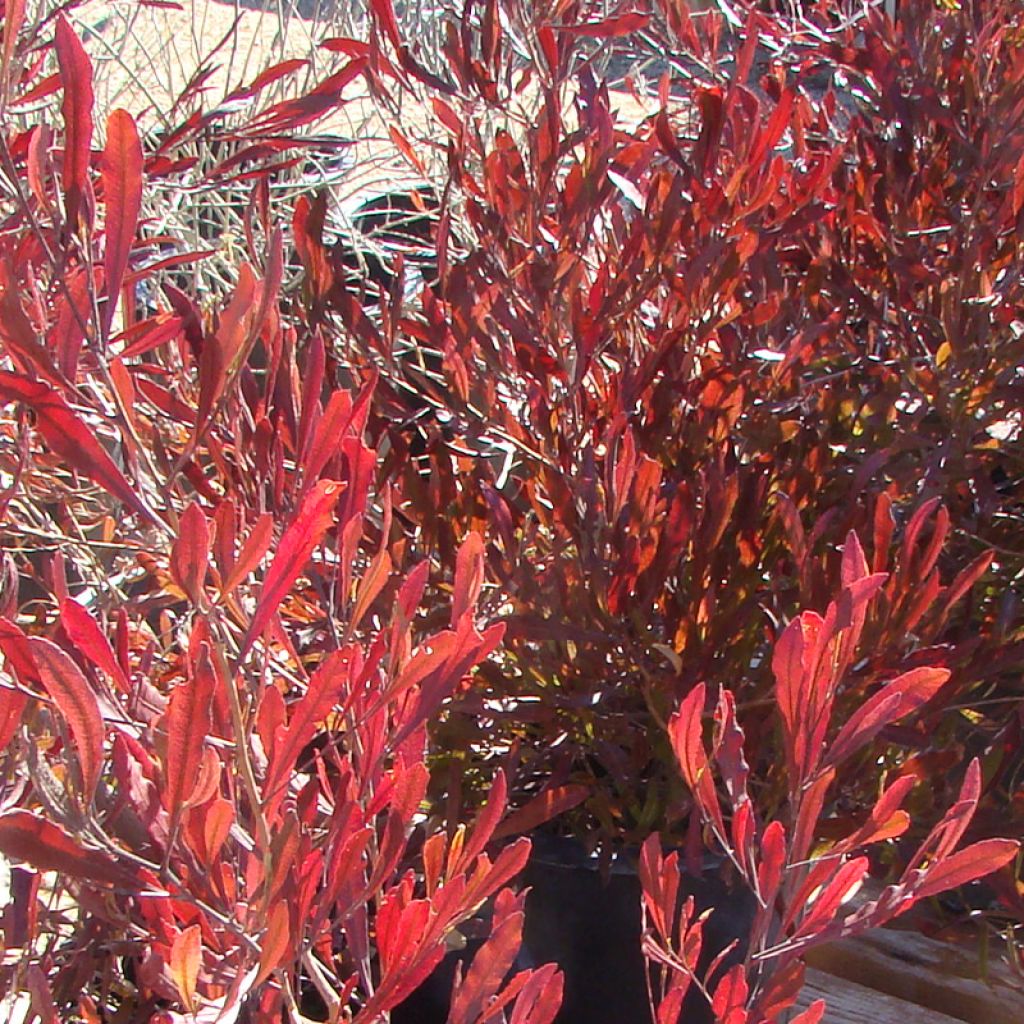

Dodonea viscosa Purpurea - Dodonée visqueuse
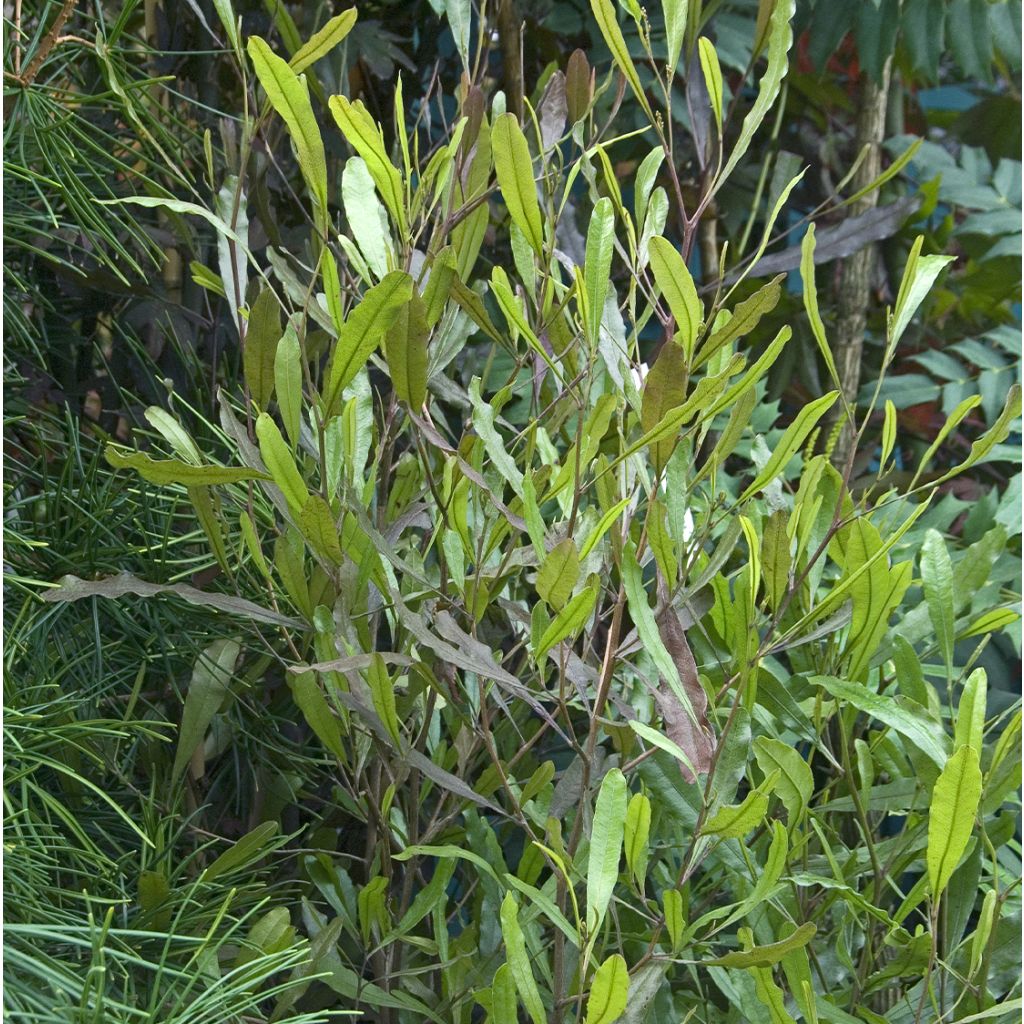

Dodonea viscosa Purpurea - Dodonée visqueuse
Dodonaea viscosa Purpurea
Dodonaea viscosa Purpurea
Hop bush, Sand Olive, Switch Sorrel
This item cannot be shipped to the selected country
Delivery charge from €5.90
Delivery to Corse prohibited
More information
Schedule delivery date,
and select date in basket
This plant carries a 24 months recovery warranty
More information
We guarantee the quality of our plants for a full growing cycle, and will replace at our expense any plant that fails to recover under normal climatic and planting conditions.
From €5.90 for pickup delivery and €6.90 for home delivery
Express home delivery from €8.90.
Delivery to Corse prohibited: UE law prohibits the import of this plant from mainland France to Corse as part of the fight against Xylella fastidiosa. Please accept our sincere apologies.
More information
Does this plant fit my garden?
Set up your Plantfit profile →
Description
Dodonaea viscosa 'Purpurea', also known as the purple sticky hop bush, is an Australian bush that catches attention with its slightly wild elegance, and its winter foliage that is purple and shiny, truly blazing in the sun. It is a robust plant that will thrive in any well-drained soil, even if it's dry in summer. Of medium stature, this hop bush is perfectly suited for the creation of an informal or trimmed hedge, but also for planting individually, as a background for flowerbeds, in mild gardens.
Dodonaea viscosa 'Purpurea' belongs to the Sapindaceae family. In nature, the species Dodonaea viscosa is found in the clear forests and dry thickets of the tropical and subtropical regions of Australia. Its cold resistance is limited: a mature specimen will perish below -5/-6°C if not protected. It is most often a dioecious bush, meaning that male and female flowers bloom on separate plants. However, some monoecious specimens, which bear both male and female flowers, are capable of fruiting without the presence of a male plant nearby.
The 'Purpurea' sticky hop bush, the result of spontaneous hybridization, was discovered by a New Zealand gardener around 1899. The plant has a bushy, upright, well-branched and flexible habit. Its growth is quite rapid, the bush reaches up to 3m (9 ft 10 in) in height and 2m (6 ft 7 in) in width under good conditions. The flexible branches bear sticky juvenile leaves, rich in gum and resin. The adult leaves are tough, elongated, slightly shiny and hairy, measuring 5 to 8cm (2 to 3.1 in) in length. Their colour is medium green from spring to summer then with the onset of cold, they gradually turn red and then purple, especially if the plant is in full sun. Flowering occurs from May to July depending on the climate. The insignificant and petal-less flowers are grouped in small clusters or terminal cymes and in the axils of the leaves. After pollination, curious angular and winged fruits form with a texture that somewhat resembles paper. They take on pretty pink to red hues as they ripen.
Dodonaea viscosa Purpurea is used as an informal or trimmed hedge, in a shrub bed or individually in gardens spared from heavy frosts. It can be associated with evergreen ceanothus, olearia, Choysia, oleander, tamarisk, Vitex, California flannel bush and other mimosa species to spread out the flowering and play with textures. It also adapts to cultivation in large pots on a contemporary terrace, bringing a touch of elegance. This bush should be stored indoors in a very bright but unheated space, such as an orangery, during winter.
In phytotherapy, Dodonaea viscosa is used to treat osteoarthritis, rheumatism, and gout.
Report an error about the product description
Dodonaea viscosa Purpurea in pictures
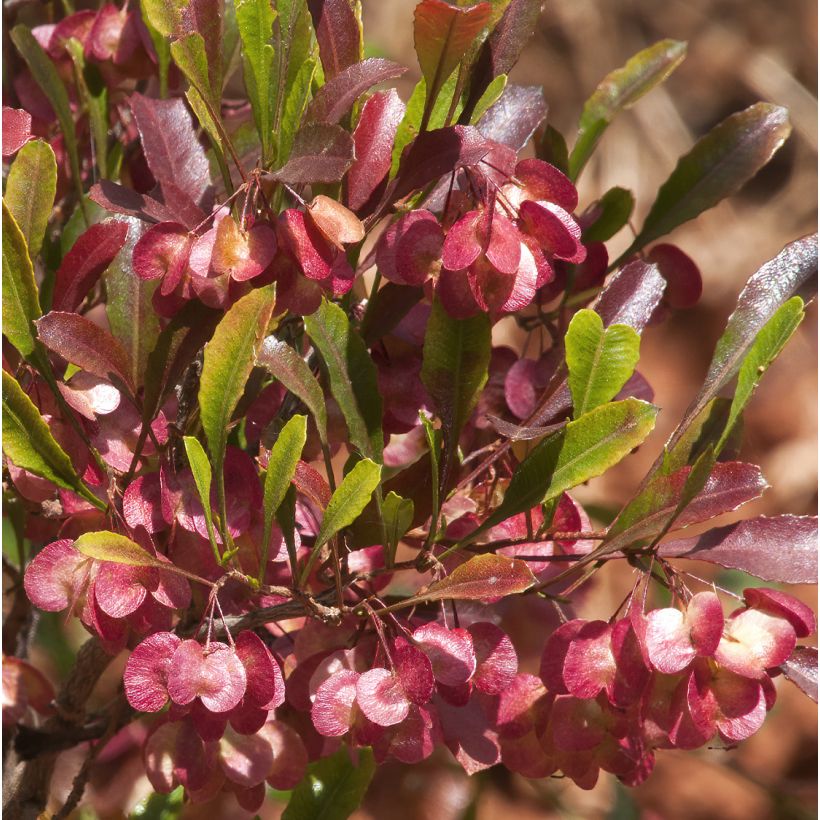

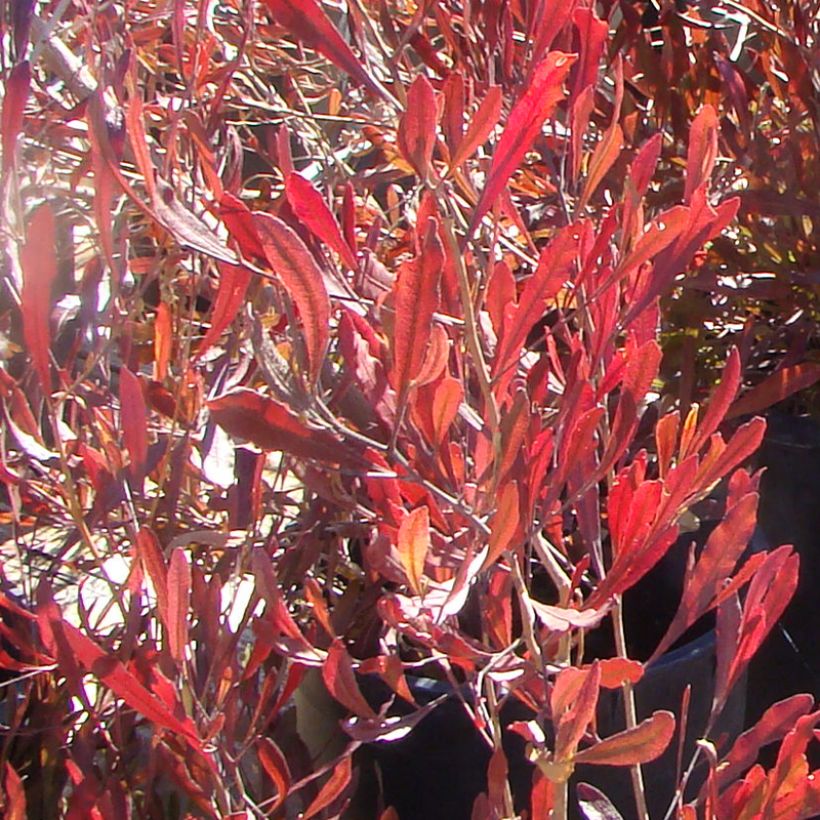

Plant habit
Flowering
Foliage
Botanical data
Dodonaea
viscosa
Purpurea
Sapindaceae
Hop bush, Sand Olive, Switch Sorrel
Oceania
Other Shrubs A to Z
Planting and care
Place Purple Dodonaea in a sunny or partially shaded position (the foliage will be less colourful in autumn and winter in this case). Plant it in an ordinary soil that must be very well-drained, from moist to very dry in summer. It can withstand very brief frosts of around -5 or -6°C (23 or 21.2 °F) once mature if sheltered against a wall or an evergreen hedge for example.
Plant it in spring, mixing your garden soil with compost, coarse sand, gravel, perlite or any material that does not retain moisture. Water it abundantly once or twice a week to promote establishment. In hot and dry climates, planting in early autumn can be attempted. Water only twice a month from the second year, and only in case of summer drought. It is a plant that requires very little maintenance and grows easily as long as the required conditions are met. Excessive moisture in the soil during the winter period is harmful to the plant. Slow-release organic fertilizer can be used in spring.
Cultivation in pots:
Use a lightweight substrate, a mixture of garden soil, coarse sand, and compost. In summer, water abundantly but only when the soil is dry, spacing out watering. The plant can be stored in a cool, unheated, and very bright place, protected from severe frosts. Apply a little slow-release fertilizer in spring and autumn.
Planting period
Intended location
Care
This item has not been reviewed yet - be the first to leave a review about it.
Evergreen shrubs
Haven't found what you were looking for?
Hardiness is the lowest winter temperature a plant can endure without suffering serious damage or even dying. However, hardiness is affected by location (a sheltered area, such as a patio), protection (winter cover) and soil type (hardiness is improved by well-drained soil).

Photo Sharing Terms & Conditions
In order to encourage gardeners to interact and share their experiences, Promesse de fleurs offers various media enabling content to be uploaded onto its Site - in particular via the ‘Photo sharing’ module.
The User agrees to refrain from:
- Posting any content that is illegal, prejudicial, insulting, racist, inciteful to hatred, revisionist, contrary to public decency, that infringes on privacy or on the privacy rights of third parties, in particular the publicity rights of persons and goods, intellectual property rights, or the right to privacy.
- Submitting content on behalf of a third party;
- Impersonate the identity of a third party and/or publish any personal information about a third party;
In general, the User undertakes to refrain from any unethical behaviour.
All Content (in particular text, comments, files, images, photos, videos, creative works, etc.), which may be subject to property or intellectual property rights, image or other private rights, shall remain the property of the User, subject to the limited rights granted by the terms of the licence granted by Promesse de fleurs as stated below. Users are at liberty to publish or not to publish such Content on the Site, notably via the ‘Photo Sharing’ facility, and accept that this Content shall be made public and freely accessible, notably on the Internet.
Users further acknowledge, undertake to have ,and guarantee that they hold all necessary rights and permissions to publish such material on the Site, in particular with regard to the legislation in force pertaining to any privacy, property, intellectual property, image, or contractual rights, or rights of any other nature. By publishing such Content on the Site, Users acknowledge accepting full liability as publishers of the Content within the meaning of the law, and grant Promesse de fleurs, free of charge, an inclusive, worldwide licence for the said Content for the entire duration of its publication, including all reproduction, representation, up/downloading, displaying, performing, transmission, and storage rights.
Users also grant permission for their name to be linked to the Content and accept that this link may not always be made available.
By engaging in posting material, Users consent to their Content becoming automatically accessible on the Internet, in particular on other sites and/or blogs and/or web pages of the Promesse de fleurs site, including in particular social pages and the Promesse de fleurs catalogue.
Users may secure the removal of entrusted content free of charge by issuing a simple request via our contact form.
The flowering period indicated on our website applies to countries and regions located in USDA zone 8 (France, the United Kingdom, Ireland, the Netherlands, etc.)
It will vary according to where you live:
- In zones 9 to 10 (Italy, Spain, Greece, etc.), flowering will occur about 2 to 4 weeks earlier.
- In zones 6 to 7 (Germany, Poland, Slovenia, and lower mountainous regions), flowering will be delayed by 2 to 3 weeks.
- In zone 5 (Central Europe, Scandinavia), blooming will be delayed by 3 to 5 weeks.
In temperate climates, pruning of spring-flowering shrubs (forsythia, spireas, etc.) should be done just after flowering.
Pruning of summer-flowering shrubs (Indian Lilac, Perovskia, etc.) can be done in winter or spring.
In cold regions as well as with frost-sensitive plants, avoid pruning too early when severe frosts may still occur.
The planting period indicated on our website applies to countries and regions located in USDA zone 8 (France, United Kingdom, Ireland, Netherlands).
It will vary according to where you live:
- In Mediterranean zones (Marseille, Madrid, Milan, etc.), autumn and winter are the best planting periods.
- In continental zones (Strasbourg, Munich, Vienna, etc.), delay planting by 2 to 3 weeks in spring and bring it forward by 2 to 4 weeks in autumn.
- In mountainous regions (the Alps, Pyrenees, Carpathians, etc.), it is best to plant in late spring (May-June) or late summer (August-September).
The harvesting period indicated on our website applies to countries and regions in USDA zone 8 (France, England, Ireland, the Netherlands).
In colder areas (Scandinavia, Poland, Austria...) fruit and vegetable harvests are likely to be delayed by 3-4 weeks.
In warmer areas (Italy, Spain, Greece, etc.), harvesting will probably take place earlier, depending on weather conditions.
The sowing periods indicated on our website apply to countries and regions within USDA Zone 8 (France, UK, Ireland, Netherlands).
In colder areas (Scandinavia, Poland, Austria...), delay any outdoor sowing by 3-4 weeks, or sow under glass.
In warmer climes (Italy, Spain, Greece, etc.), bring outdoor sowing forward by a few weeks.

































